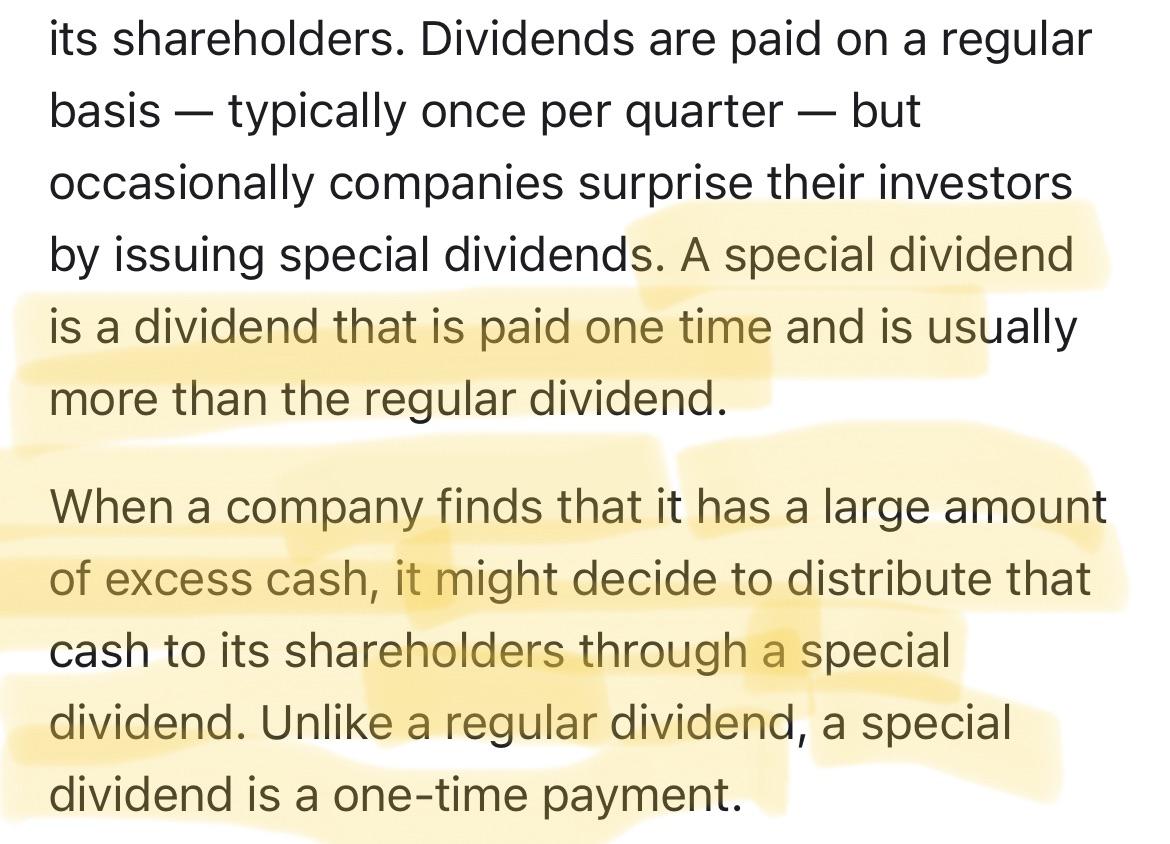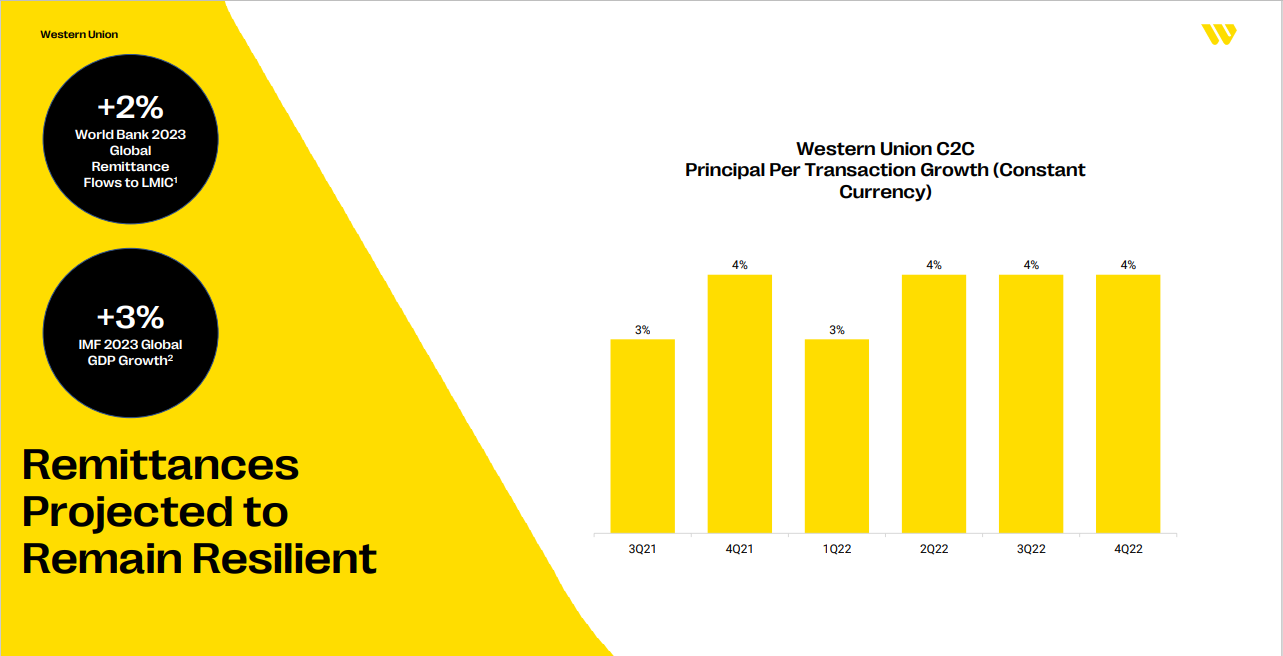
You can purchase fractional shares from stocks through various online brokerages like TD Ameritrade. M1 Finance. and E-Trade. You can diversify your portfolio by using fractional shares. A majority of people don’t have the money or time to build a portfolio that is well-diversified. Fractional shares offer a way to acquire hot stocks that may not be possible otherwise. You should be aware of several things before you invest in fractional shares.
M1 Finance
M1 Finance, a brand new platform for digital wealth management, allows investors the ability to invest in fractional shares (or small shares) of companies. Investors can invest small amounts, such as $100, and not have their money sit idle in an account. This is particularly useful for younger investors who may not have enough capital to purchase whole shares in a company. M1 Finance also provides other features like investing in ETFs, mutual funds, and diversifying their portfolio.

M1 Finance does not charge investors a fee and its fees are very low. Instead, it makes revenue by lending securities. There aren't any fees for margin loans, short sales or other fees. It does not charge investors any fees for its services. This can easily add up over the course to thousands of dollars. It can accept taxable accounts that are joint or individual, traditional Roth IRAs as well SEP IRAs. Trusts are also accepted.
TD Ameritrade
TD Ameritrade is a leading online brokerage. This firm provides a range of features, including investing with a wide variety stocks and funds. You can also manage your portfolios and create them. TD Ameritrade will not automatically move cash from your account into a Money Market Fund, but clients have the option to opt for this service. TD Ameritrade also offers many innovative services that improve the client experience. Their platforms are easy to use and feature innovative design that puts the client experience front and center. The mobile apps of TD Ameritrade and thinkorswim are highly customizable.
TD Ameritrade doesn't offer a service that allows you buy fractional shares. You can reinvest dividends in fractional stocks, however. TD Ameritrade, unlike many brokers, allows clients to reinvest dividends of stocks, ETFs, or mutual funds. You can create your reinvestment preferences online and make changes later if needed.
E-Trade
Partially owned shares can be a good option for someone who is new to investing in stocks. These investments are perfect if you're a new investor. These shares allow you to make small investments without worrying about spending thousands of dollars on one share. Fractional shares are cheaper than whole shares so it's easy to apply the dollar cost averaging method. Online brokers often offer fractional purchase of shares.

But, it is important to be cautious when you buy and sell fractional shares. There are many other options available for fractional shares. One of them is Robinhood, which offers fractional shares at an affordable price. Robinhood makes it easy to purchase fractional shares at as low as 0.000001 cents per share. After the transaction is completed, fractional shares are automatically added to your portfolio.
FAQ
What is security at the stock market and what does it mean?
Security is an asset that generates income. Most security comes in the form of shares in companies.
There are many types of securities that a company can issue, such as common stocks, preferred stocks and bonds.
The earnings per shared (EPS) as well dividends paid determine the value of the share.
When you buy a share, you own part of the business and have a claim on future profits. If the company pays a payout, you get money from them.
You can always sell your shares.
How do I invest in the stock market?
Brokers are able to help you buy and sell securities. A broker can sell or buy securities for you. When you trade securities, you pay brokerage commissions.
Brokers usually charge higher fees than banks. Because they don't make money selling securities, banks often offer higher rates.
A bank account or broker is required to open an account if you are interested in investing in stocks.
If you use a broker, he will tell you how much it costs to buy or sell securities. The size of each transaction will determine how much he charges.
You should ask your broker about:
-
The minimum amount you need to deposit in order to trade
-
If you close your position prior to expiration, are there additional charges?
-
What happens if your loss exceeds $5,000 in one day?
-
How long can you hold positions while not paying taxes?
-
How much you are allowed to borrow against your portfolio
-
whether you can transfer funds between accounts
-
What time it takes to settle transactions
-
The best way to sell or buy securities
-
How to Avoid Fraud
-
How to get help when you need it
-
If you are able to stop trading at any moment
-
If you must report trades directly to the government
-
Reports that you must file with the SEC
-
Do you have to keep records about your transactions?
-
whether you are required to register with the SEC
-
What is registration?
-
How does it affect you?
-
Who needs to be registered?
-
What are the requirements to register?
What is the difference between a broker and a financial advisor?
Brokers are people who specialize in helping individuals and businesses buy and sell stocks and other forms of securities. They take care of all the paperwork involved in the transaction.
Financial advisors are specialists in personal finance. They use their expertise to help clients plan for retirement, prepare for emergencies, and achieve financial goals.
Banks, insurance companies or other institutions might employ financial advisors. You can also find them working independently as professionals who charge a fee.
You should take classes in marketing, finance, and accounting if you are interested in a career in financial services. Also, it is important to understand about the different types available in investment.
What is a REIT and what are its benefits?
A real-estate investment trust (REIT), a company that owns income-producing assets such as shopping centers, office buildings and hotels, industrial parks, and other buildings is called a REIT. These are publicly traded companies that pay dividends instead of corporate taxes to shareholders.
They are similar companies, but they own only property and do not manufacture goods.
What is the trading of securities?
The stock market allows investors to buy shares of companies and receive money. To raise capital, companies issue shares and then sell them to investors. Investors then sell these shares back to the company when they decide to profit from owning the company's assets.
The supply and demand factors determine the stock market price. The price of stocks goes up if there are less buyers than sellers. Conversely, if there are more sellers than buyers, prices will fall.
You can trade stocks in one of two ways.
-
Directly from the company
-
Through a broker
What is the difference in marketable and non-marketable securities
The key differences between the two are that non-marketable security have lower liquidity, lower trading volumes and higher transaction fees. Marketable securities are traded on exchanges, and have higher liquidity and trading volumes. They also offer better price discovery mechanisms as they trade at all times. However, there are many exceptions to this rule. There are exceptions to this rule, such as mutual funds that are only available for institutional investors and do not trade on public exchanges.
Non-marketable securities tend to be riskier than marketable ones. They usually have lower yields and require larger initial capital deposits. Marketable securities tend to be safer and easier than non-marketable securities.
A large corporation bond has a greater chance of being paid back than a smaller bond. The reason is that the former will likely have a strong financial position, while the latter may not.
Because of the potential for higher portfolio returns, investors prefer to own marketable securities.
What is a bond?
A bond agreement between two parties where money changes hands for goods and services. Also known as a contract, it is also called a bond agreement.
A bond is typically written on paper, signed by both parties. The bond document will include details such as the date, amount due and interest rate.
The bond is used when risks are involved, such as if a business fails or someone breaks a promise.
Many bonds are used in conjunction with mortgages and other types of loans. This means the borrower must repay the loan as well as any interest.
Bonds are also used to raise money for big projects like building roads, bridges, and hospitals.
A bond becomes due upon maturity. This means that the bond's owner will be paid the principal and any interest.
Lenders lose their money if a bond is not paid back.
Statistics
- "If all of your money's in one stock, you could potentially lose 50% of it overnight," Moore says. (nerdwallet.com)
- Individuals with very limited financial experience are either terrified by horror stories of average investors losing 50% of their portfolio value or are beguiled by "hot tips" that bear the promise of huge rewards but seldom pay off. (investopedia.com)
- Our focus on Main Street investors reflects the fact that American households own $38 trillion worth of equities, more than 59 percent of the U.S. equity market either directly or indirectly through mutual funds, retirement accounts, and other investments. (sec.gov)
- The S&P 500 has grown about 10.5% per year since its establishment in the 1920s. (investopedia.com)
External Links
How To
How to create a trading strategy
A trading plan helps you manage your money effectively. It will help you determine how much money is available and your goals.
Before creating a trading plan, it is important to consider your goals. You might want to save money, earn income, or spend less. You may decide to invest in stocks or bonds if you're trying to save money. You can save interest by buying a house or opening a savings account. And if you want to spend less, perhaps you'd like to go on holiday or buy yourself something nice.
Once you know what you want to do with your money, you'll need to work out how much you have to start with. This will depend on where you live and if you have any loans or debts. Consider how much income you have each month or week. The amount you take home after tax is called your income.
Next, you need to make sure that you have enough money to cover your expenses. These include rent, food and travel costs. Your total monthly expenses will include all of these.
You'll also need to determine how much you still have at the end the month. That's your net disposable income.
Now you know how to best use your money.
Download one online to get started. Or ask someone who knows about investing to show you how to build one.
For example, here's a simple spreadsheet you can open in Microsoft Excel.
This shows all your income and spending so far. Notice that it includes your current bank balance and investment portfolio.
And here's another example. A financial planner has designed this one.
It will help you calculate how much risk you can afford.
Do not try to predict the future. Instead, think about how you can make your money work for you today.